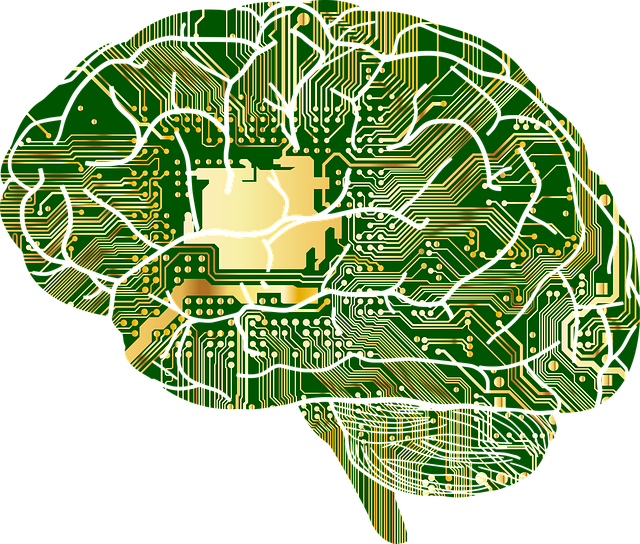BNA members receive international recognition with SfN awards
8th October 2024
9th Feb 2017
A recent study, published in Brain and Neuroscience Advances journal, has found evidence that information processing properties of local neuronal circuits differ in the dorsal and ventral hippocampal sectors. Furthermore, these differences may in turn contribute to the functional differentiation that exists along the hippocampal longitudinal axis.
It has long been known that the hippocampus is an area of the brain critically involved in learning and memory processes.
Research with rodents has provided strong evidence that the intrinsic connectivity of the hippocampus can be divided into three domains; dorsal, ventral and intermediate. Each domain has been shown to be involved with different types of learning and memory processes.
In the study just published, the researchers used extracellular field potential to record two measurements in the area CA1 of the dorsal and ventral hippocampus. The first measurement was of basal input/output function, and the second was of Group 1 metabotropic glutamate receptor-dependent (mGluR) forms of plasticity. 
The main finding from this study was that the ventral hippocampal sector has a greater ability to exhibit group 1 mGluR-dependent forms of long-term plasticity when compared to the dorsal hippocampal sector. However, since the precise mechanisms underlying group 1 mGluR-dependent forms of plasticity have not been fully interpreted, the reasons for this dorsal/ventral difference is not clear.
These findings support the idea that differences, in addition to extrinsic connectivity, differences in the information processing properties of local hippocampal circuits may also contribute to the functional differentiation of hippocampal longitudinal axis.